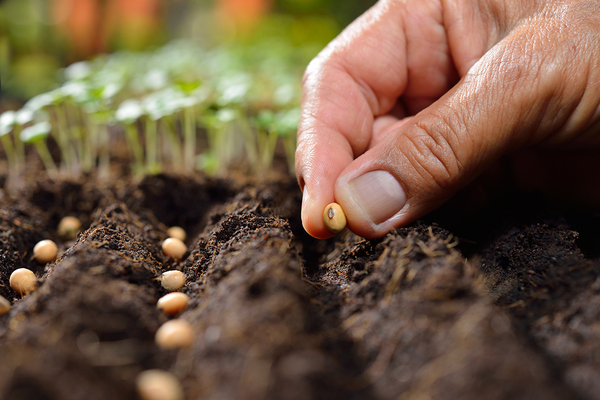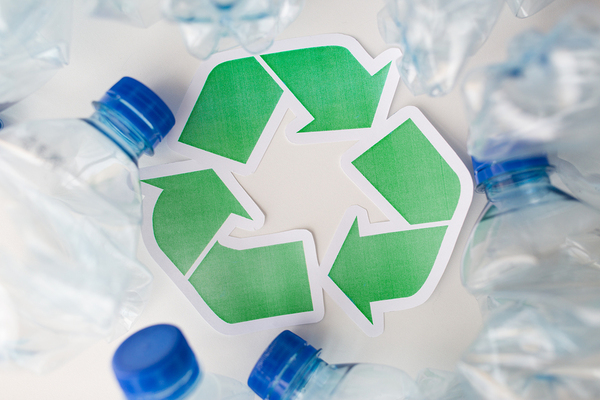Sustainability in consumer packaging design is no longer considered a differentiator. That is because people expect the packaging for the things they buy to maximize sustainability by default.

Packaging is what consumers see at the store, but sustainability is an issue at every step of the supply chain.
While the desire for sustainability in consumer packaging design is strong among all consumer demographics, the younger Millennial generation is particularly concerned with sustainability as an integral part of corporate responsibility.
Since this is the case, why is it that all products do not come in the most sustainable packaging? There is, in fact, no single packaging design that will once and for all time maximize sustainability, because consumers and their needs and preferences vary so much. A smaller packaging size may seem wasteful to
Life Cycle Analysis Must Be Comprehensive
Sustainability is about more than just how a product is packaged. In fact,
Yet packaging is what the consumer sees on the store shelves, so despite its accounting for a relatively small proportion of environmental impact, it is what consumers interact with most directly. Therefore it still makes sense for brands to maximize packaging sustainability, even if it does not have as much of an effect as improving sustainability elsewhere in the supply chain.
Understanding Long Term Packaging Implications

Something as seemingly straightforward as plastic recycling is often more complex than consumers think.
Sustainability makes good business sense, not just from a marketing perspective, but also from the perspective of demonstrating good environmental stewardship and maximizing cost-effectiveness.
Unfortunately, changing
Not All Consumers Have the Same Sustainability Needs
The parent of three young children has different sustainability needs and goals than the retired couple, and sustainability is something that is affected at every point in the supply chain. Sustainable packaging design has to walk a fine line that offers consumers the choices they want (such as different packaging sizes) while ensuring that packaging speaks to consumers from the store shelves, helping them feel positive about their choices in part because of how they are packaged.
Protecting a product throughout the supply chain, enticing consumers to choose their brands, and addressing society’s increased emphasis on sustainability is a tall order, and arriving at the ultimate “sweet spot” that addresses these factors and more requires looking at products from the raw materials stage through disposal after consumption. Consumers expect product packaging designs to be as sustainable as is reasonable. The good news is that packaging technology is offering new choices (like flexible food pouches that can be resealed) that make it easier for brands to fulfill their obligations to consumers and to the environment.
 |
 |







